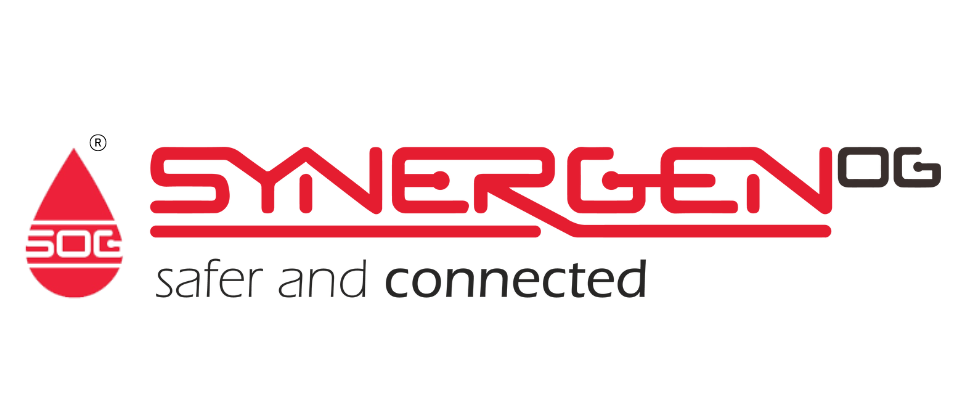By Kadam Balan
Managers and C-suite executives have to steer their business and essentially, people, toward a new world that is full of new challenges and uncertainties. This can be both exciting and worrisome for many.
As we push forward towards a new normal we have to be reminded of the importance of balancing an analytical and empathetic network. This is especially true as we are in constant communication with the team, clients and others.. As someone who is on the higher rungs of the corporate ladder, you may harbour feelings of doubt and fear while charting new terrain but you are also the person who shoulders the responsibility of solving pressing problems and making critical decisions that sustains a business.
There may be situations where you gave an employee a descriptive solution when they needed an empathetic ear. As a manager, you’re likely to experience these at some point in your career, and you might find them occurring more often during this period where we are facing stress on an all new level.
We are only human, and we are bound to feel the same way. Yet, once again, the responsibility you shoulder requires you to soldier on to ensure the organisation is kept afloat. But did you know that problem solving and critical thinking requires the activation of different parts of the brain?
The Brain

Recent Neuroimaging Studies suggest that the two major neural pathways are called the task-positive network, otherwise known as analytic network (AN); and the default-mode network or empathic network (EN).
To make sense of the environment and the events that occur, the AN is activated. We are engaged in abstract thoughts in order to solve problems and make decisions. The EN on the other hand helps us examine a particular situation and be open to different possibilities. The research was presented by professor Anthony Jack at the Case Western Reserve University, where he refers to the two neural networks as opposing poles of reason; when one is activated, it will suppress the other.
However, the two still require cognitive activity, fast and slow thinking as well as reasoning abilities. The main difference between EN and AN is that EN is inclined toward qualitative observations while AN comprises information and analysis of a situation.
This then begs the question…
How do I achieve the Right Balance?
The first step is to identify where your tendencies lie in the neural network. When you are aware of your dominant neural network, practising mindfulness under these circumstances will further assist you in bringing about the balance you seek.
Think about your thoughts
How are you processing the given information? Are you thinking about the details and solutions or are you openly reflecting on the situation and its possibilities? Are you comparing objective right and wrongs or are you weighing the moral implications of the situation?
Identify your ‘preferred’ neural network and exercise it
There are a number of ways to go about practicing the lesser used empathic and analytic neural network. Just like how right-handed basketball players work on dribbling and shooting with their left hand, you are sure to benefit from this practice as well.
Exercising the empathic network
Speak to someone daily with the goal of understanding, instead of problem solving. Attempt active listening and understanding their body language, tone of voice, facial expression and so on.
Exercising your analytic network
This requires a bit more discipline if you haven’t had that already. Commit yourself to completing certain tasks within a specific time frame.
Balance your analytic and empathic networks at once
Full mastery of switching between analytic and empathic networks may take time but once you are able to operate in either mode upon demand, you are then capable of effectively putting them into practice.
Both these neural networks are constantly waging battle in your head but there is no need in choosing sides. The key to maximising effective operation as a leader while having meaningful, productive relationships is by learning to be more aware of which network is activated at any given time and to be able to seamlessly integrate the two where possible.
____________________________________________________________________________________
Kadam Balan is a director and a keen observer of organisational behaviour. His thoughts on analytical and emotional intelligence was inspired by the Leadership column, first published on the Harvard Business Review.
____________________________________________________________________________________

